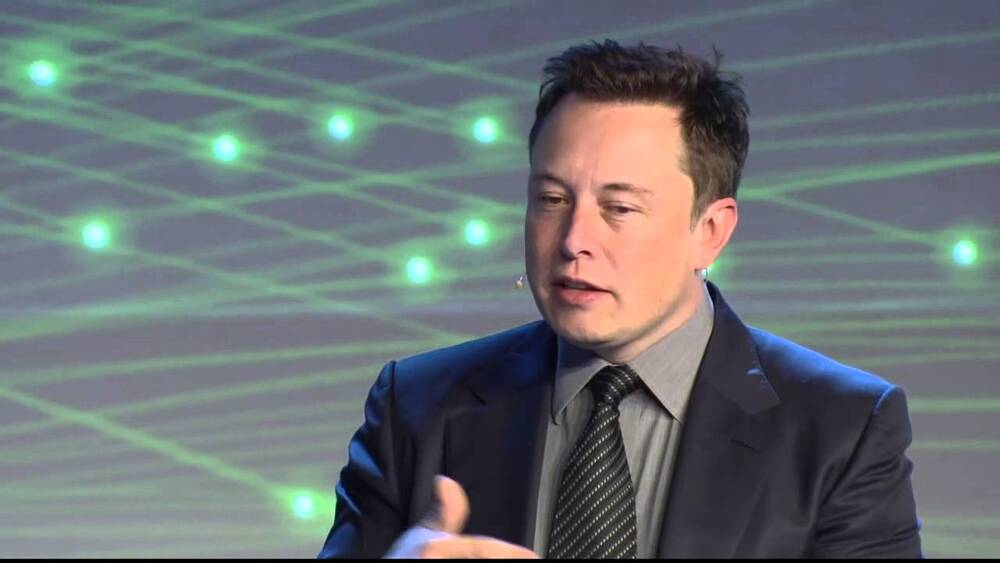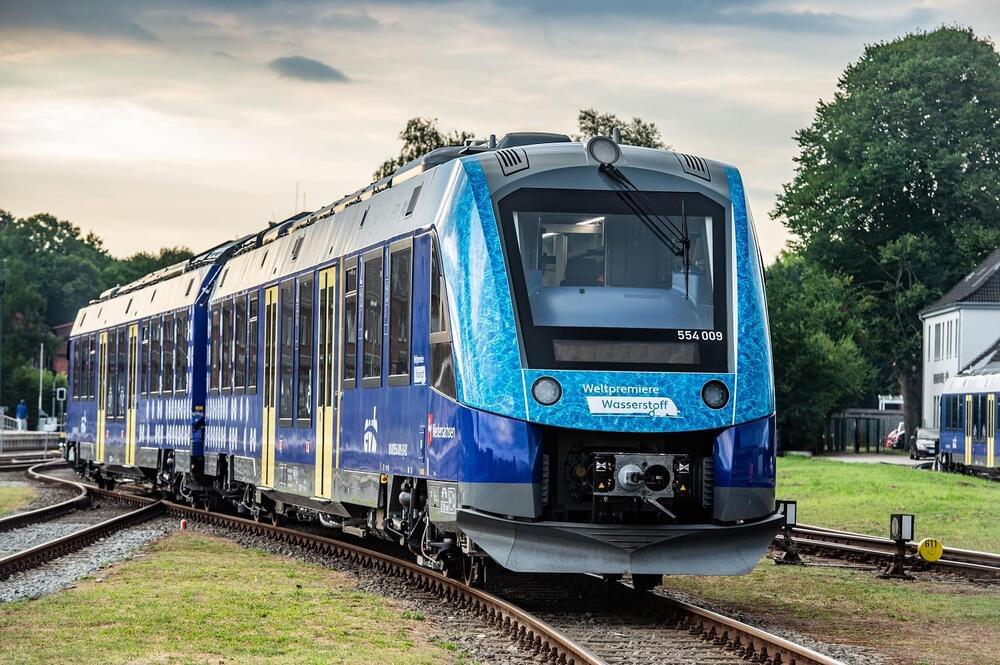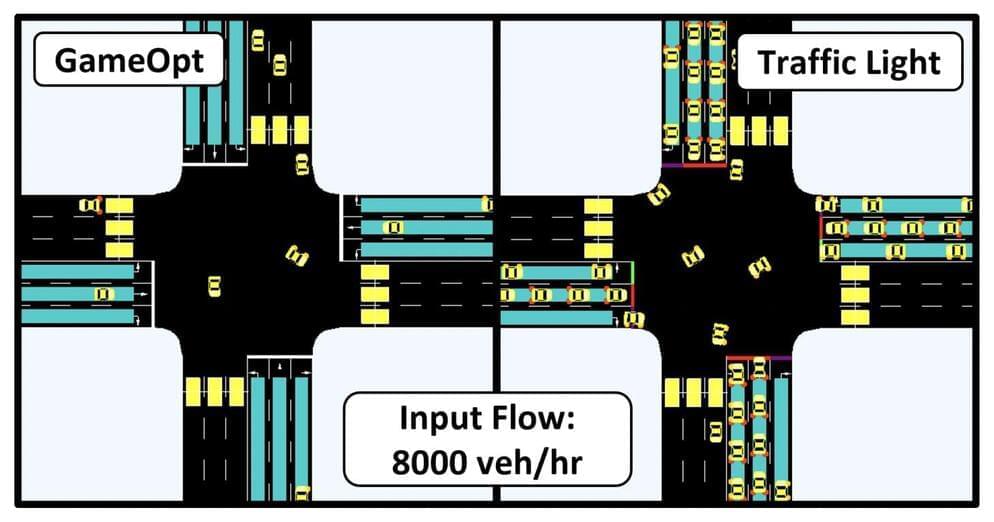Aug 28, 2022
A Case Study For The Industry: LG Investing In Metaverse
Posted by Gemechu Taye in categories: augmented reality, business, transportation, virtual reality
As the world increasingly embraces Web3, corporations are turning to metaverse applications to stay ahead of the curve. Based on Verified Market Research, the Metaverse market is anticipated to expand at a CAGR of 39.1 percent from 2022 to 2030, reaching USD 824.53 Billion in 2020 and USD 27.21 Billion in 2020. This is due to the increasing demand for AR/VR content and gaming and the need for more realistic and interactive training simulations.
These startups show Proof of Concept with a working product and clear value proposition for businesses and consumers.
● Launch a corporate accelerator: Another way to increase your exposure to the Metaverse is to launch a corporate accelerator. This will give you access to a broader range of startups and help you build a more diverse portfolio. In addition, it will allow you to offer mentorship and resources to the startups you invest in.
Continue reading “A Case Study For The Industry: LG Investing In Metaverse” »

















